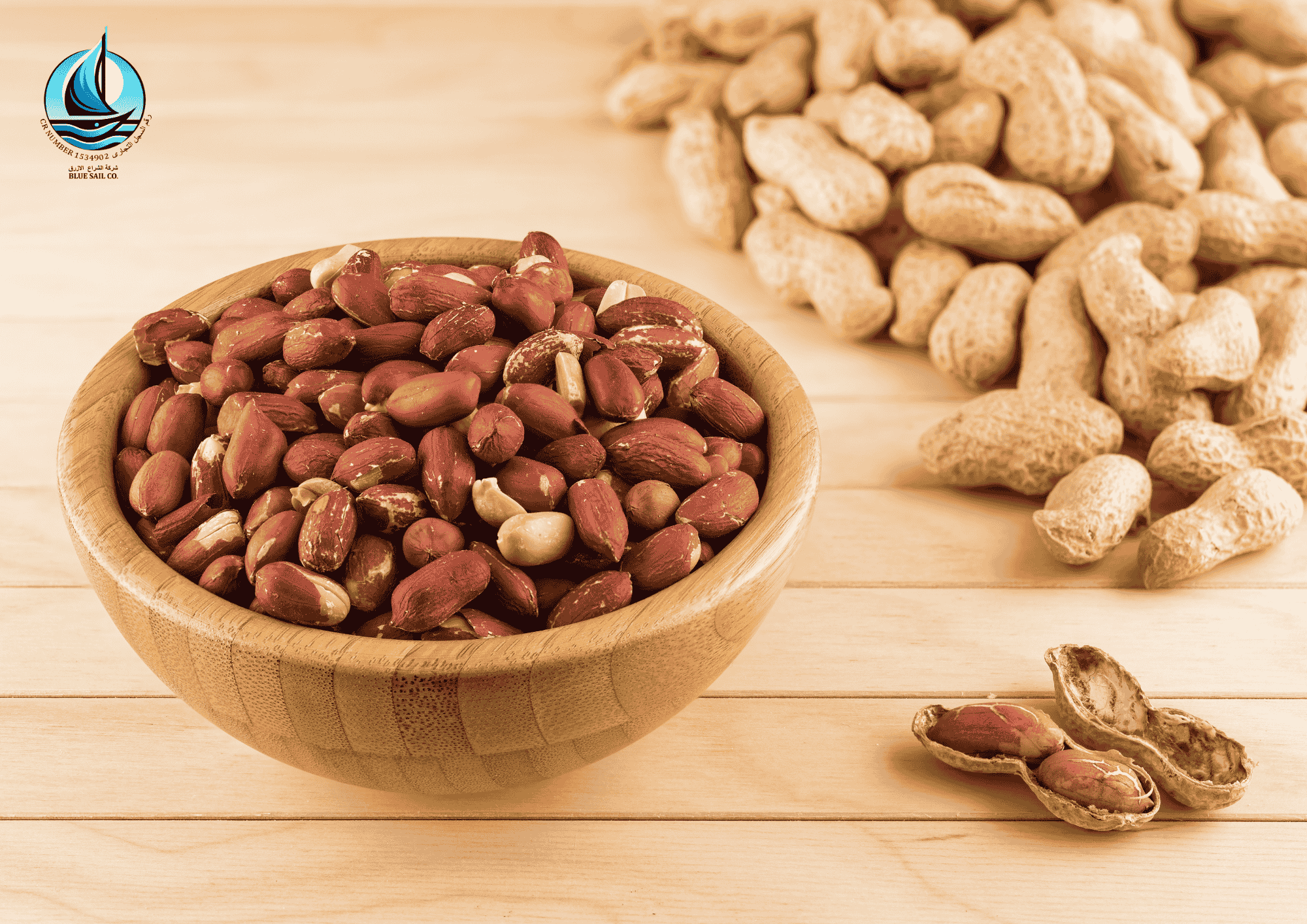The Global Walnut Industry: Production, Market Dynamics, and Global Trade
Introduction
Walnuts are one of the most nutritious and versatile nuts in the world, known for their rich taste and high nutritional value. As consumer interest in healthy snacks and plant-based diets continues to grow, the global walnut industry has seen significant expansion. This article explores walnut production, the key players in the industry, market dynamics, and global trade.

Walnut Production
Walnuts thrive in temperate climates, and the leading producers are found in regions with favorable growing conditions. The top walnut-producing countries are:
- United States: The U.S. is the largest producer and exporter of walnuts, with California being the primary production region. California’s Central Valley offers ideal conditions for walnut farming, accounting for more than 90% of U.S. production.
- China: China is another major producer, responsible for a large portion of the global walnut supply. Chinese walnuts are widely consumed domestically, though the country has also expanded its export markets.
- Iran: Iran has a long history of walnut cultivation, and the country is one of the top producers in the Middle East. Iranian walnuts are known for their quality and are exported to various regions, including Europe and Asia.
- Turkey: Turkey is a significant producer of walnuts, with growing production in regions like Anatolia. Turkish walnuts are valued for their flavor and are used both in domestic cuisine and for export.
- Chile: Chile has emerged as a key player in the walnut industry, benefiting from its counter-seasonal production cycle compared to the Northern Hemisphere. This allows Chile to supply fresh walnuts when demand is high in other parts of the world.

Market Dynamics
The global walnut market is driven by factors such as health trends, dietary preferences, and export opportunities. Key market dynamics include:
- Health and Wellness Trends: Walnuts are considered a superfood due to their high content of omega-3 fatty acids, antioxidants, and essential vitamins and minerals. As awareness of these health benefits grows, demand for walnuts has increased globally, particularly among health-conscious consumers.
- Culinary Uses: Walnuts are used in a variety of culinary applications, from baking and cooking to salads and snacks. They are also processed into walnut oil, which is used in both food preparation and cosmetics.
- Processed and Value-Added Products: The demand for processed walnut products, such as walnut butter, walnut flour, and walnut-based snacks, has grown significantly. These value-added products offer producers and retailers higher profit margins.
- Organic and Sustainable Production: With increasing consumer focus on sustainability and organic products, many producers are shifting towards organic walnut farming practices. Organic walnuts command a premium price in the global market.
Global Trade and Transactions
Walnuts are widely traded across the globe, with key exporting and importing countries shaping the international market:
- Exports: The United States leads global walnut exports, particularly to regions such as Europe, the Middle East, and Asia. Chile is also a major exporter, benefiting from its ability to supply fresh walnuts during the Northern Hemisphere’s off-season. Iran, China, and Turkey also export significant quantities of walnuts, though much of China’s production is consumed domestically.
- Imports: Major walnut-importing countries include Germany, Italy, France, the United Kingdom, and Japan. The European Union is one of the largest markets for walnuts, with demand driven by the region’s preference for healthy and natural foods. India and the Middle East are also growing markets for walnut imports, with increasing consumption due to health awareness.
- Pricing Trends: Walnut prices are influenced by several factors, including production levels, weather conditions, and market demand. In years of abundant harvests, prices tend to stabilize or decrease, while poor harvests or supply chain disruptions can lead to price spikes. The quality and variety of walnuts also play a significant role in pricing, with premium varieties commanding higher prices.
- Tariffs and Trade Policies: Trade agreements and tariffs can significantly impact the global walnut market. For example, trade tensions between the U.S. and China have affected the export of American walnuts to China, prompting producers to seek alternative markets. Similarly, free trade agreements between Chile and various countries have facilitated the growth of Chilean walnut exports.
Challenges and Opportunities in the Walnut Industry
The walnut industry faces several challenges and opportunities:
- Climate Change and Water Scarcity: Walnut trees require a significant amount of water, and climate change poses a threat to production in regions such as California, where droughts have become more frequent. Producers are investing in more sustainable water management practices to mitigate these challenges.
- Labor and Production Costs: The labor-intensive nature of walnut farming, especially during harvesting, can drive up production costs. Some producers are exploring mechanization and technology to reduce labor dependency and improve efficiency.
- Expansion into Emerging Markets: While traditional markets like Europe and the U.S. continue to drive demand, emerging markets such as India, China, and the Middle East present significant growth opportunities. As consumer awareness of walnuts’ health benefits increases, these regions are expected to boost their consumption and imports.
- Innovation in Products: The walnut industry is increasingly focused on developing new products and uses for walnuts, such as fortified foods, beverages, and cosmetic applications. These innovations help expand the market and create additional revenue streams for producers and processors.
Conclusion
The global walnut industry is a dynamic and growing sector, shaped by factors such as health trends, international trade, and innovation in product development. As demand for nutritious and plant-based foods continues to rise, walnuts are well-positioned to remain a key player in the global food market. With increasing attention on sustainable practices, technological advancements, and expansion into new markets, the walnut industry is poised for further growth in the coming years





